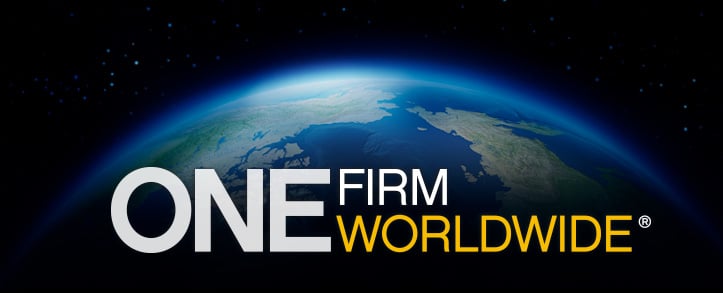
JONES DAY TALKS®: Real Assets Roundup Episode 1: A New Look at Real Estate, Energy, and Infrastructure
Institutional investors are redefining investments in “hard assets,” such as real estate, energy, and infrastructure into a combined “real assets” category. This change is driven by numerous factors and presents significant opportunities and challenges, which will be examined by Jones Day partner Brian Sedlak and his colleagues from across the Firm in an extended series of Jones Day Talks programs. In this kickoff episode of “Real Assets Roundup,” Brian, along with partners Vica Irani and Kit Rockhill, discuss the new definition of “real assets” and talk about the issues, themes, and legal considerations to be addressed in subsequent programs.
Podcast: Play in new window | Download
SUBSCRIBE TO JONES DAY TALKS
Subscribe on Apple Podcasts
Subscribe on Android
Subscribe on Stitcher
Click here for the full transcript.
Dave Dalton:




